Ankarafantsika
Ampijoroa
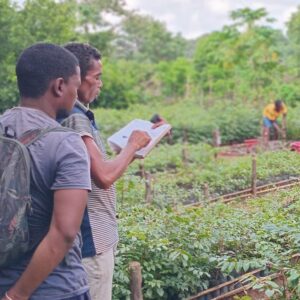
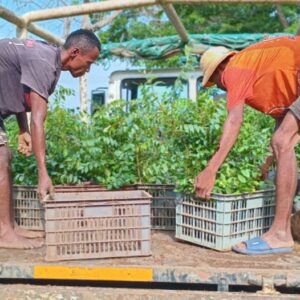
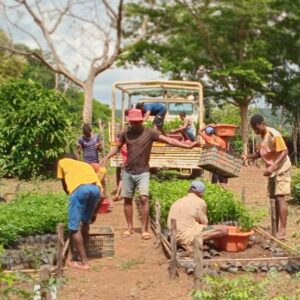
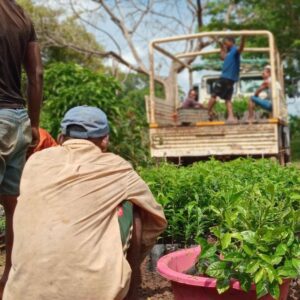
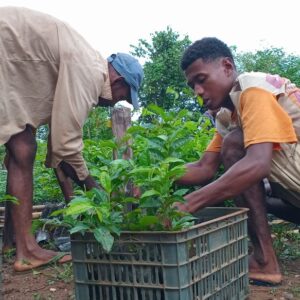
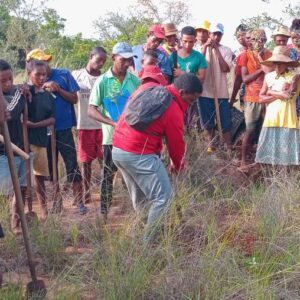
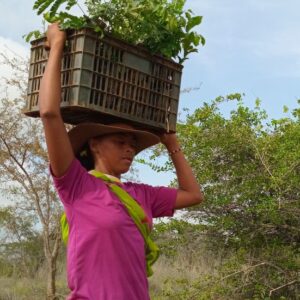
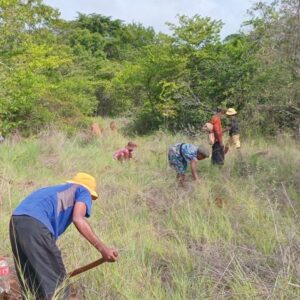
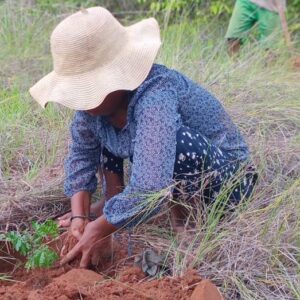
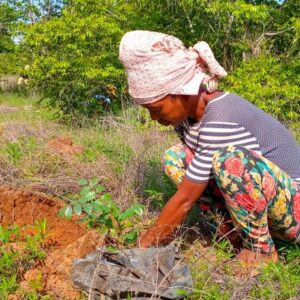
In the 147-hectare Ampijoroa restoration zone, located within Ankarafantsika National Park, ARC and its partners are rebuilding native dry forest using a mosaic of “planting islands” that promote outward forest growth while suppressing fire-prone grasses. These expanding clusters help reconnect fragmented forest and improve resilience across the landscape. As the forest returns, it provides critical refuge for species such as the Van Dam’s vanga, Coquerel’s sifaka, and the Malagasy giant rat—many found nowhere else on Earth. Local residents play a central role, earning fair wages to plant, care for young trees, and monitor forest health. Ampijoroa shows how community leadership and practical restoration tools can transform degraded areas into thriving forest habitat.
By The Numbers
Befotoana
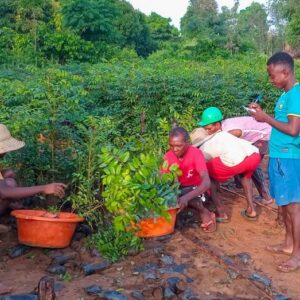
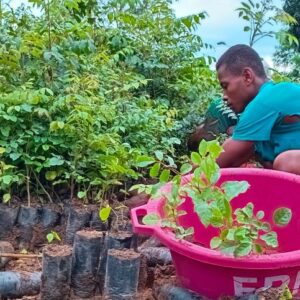
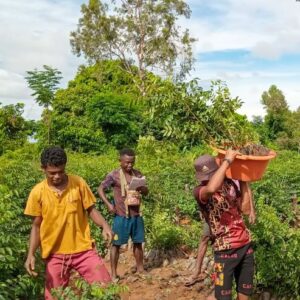
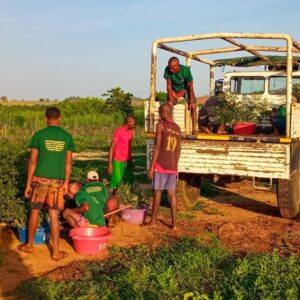
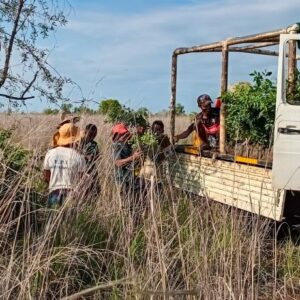
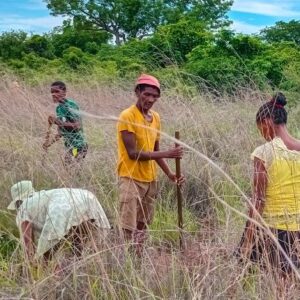
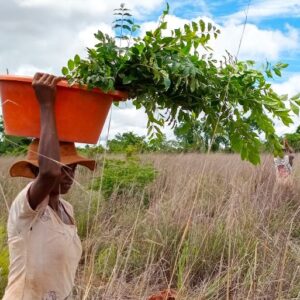
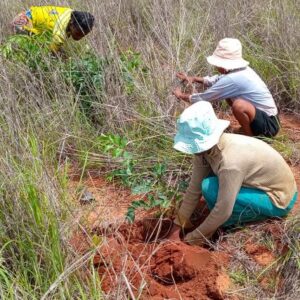
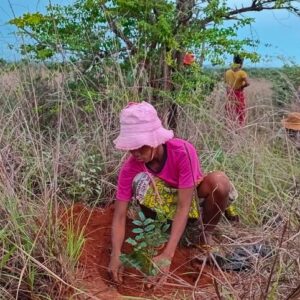
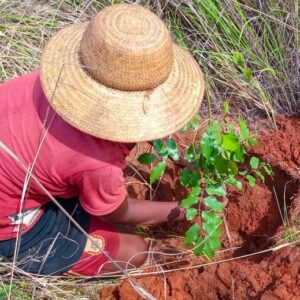
At Befotoana, a 143-hectare restoration area within Ankarafantsika National Park, ARC and local partners are working to extend fragmented forest edges and accelerate forest recovery using clustered “planting islands.” This approach mimics natural regeneration by encouraging fast-growing native species to outcompete invasive grasses. The growing forest provides essential habitat for Coquerel’s sifaka, Madagascar harrier-hawks, endemic reptiles, and critically endangered tortoises. Equally important, the project creates dignified, paid work for local residents who are trained and supported as long-term forest stewards. Community knowledge, ecological recovery, and sustainable livelihoods come together here to strengthen both biodiversity and resilience in one of Madagascar’s most threatened dry forest ecosystems.
By The Numbers
ARC Quick links:
© 2026 Accelerated Restoration Collaborative | Privacy Policy
501(c)3 tax-exempt organization. Your donation is tax-deductible within the guidelines of U.S. law.

